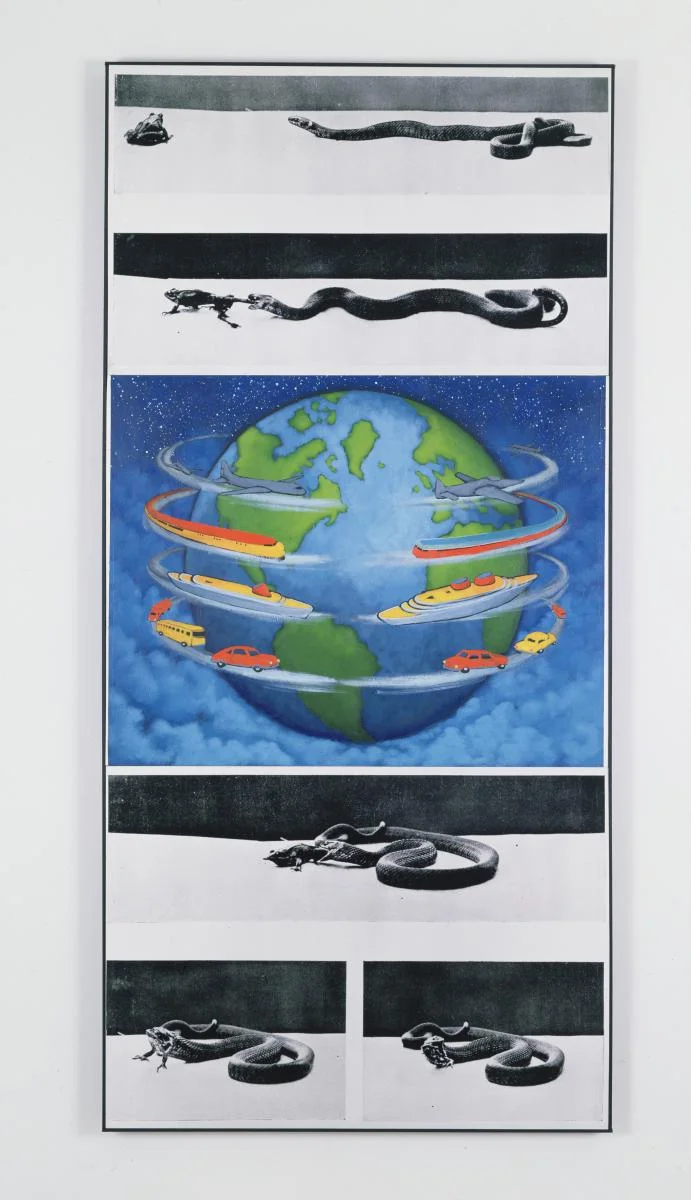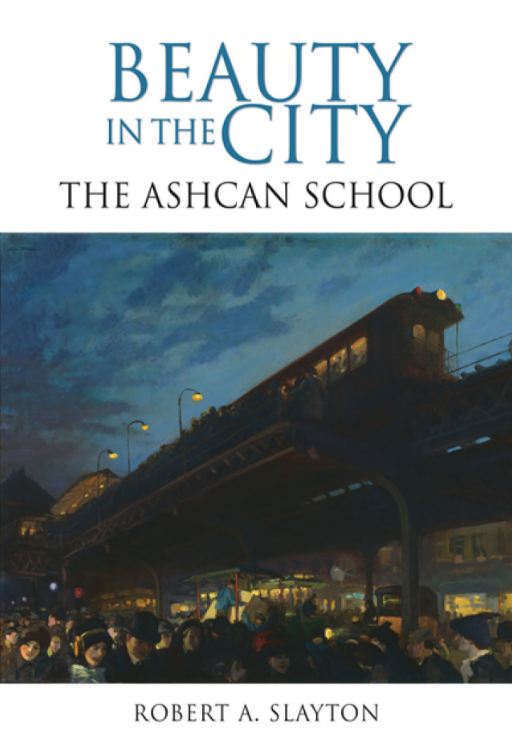The Gateway to the Nation: The New York Custom House
By Alexander Wood
The reign of Beaux-Arts architecture reshaped the landscape of the city at the turn of the century with grand public buildings that projected a new found sense of national power. The architects who embraced this style emphasized classicism, monumentality, and embellishment in their work, and were skilled at adapting historical precedents for modern building types. Following this mission to create civic symbols, Cass Gilbert conceived the custom house as a gateway to the nation. From its triumphal arched entry, and honorific statuary, to the heraldic imagery on its facade, it was expressly designed to evoke a passageway into a walled city. The allusion to a gate reflected a desire to proclaim the identity of the nation to the world, but it also suggested a point of controlled access through a border. It thus offered a suggestive precedent for the headquarters of the most important district of the federal customs service, which served as the guardian of the nation’s chief port of entry.
Read More









